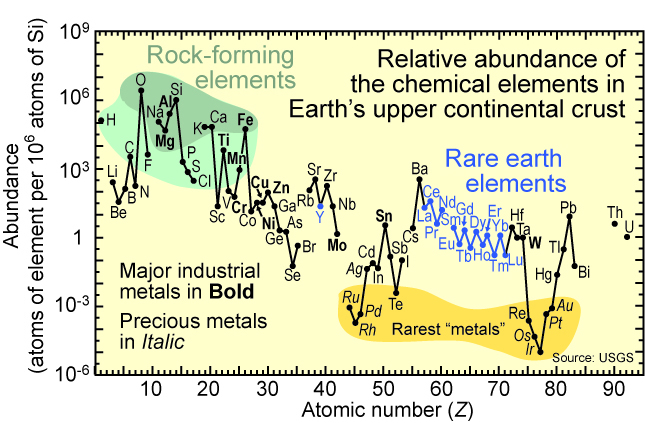Solar To Electric Power Generation
Photovoltaics (PV) or solar cells directly convert the energy from the sun, called photons, to electricity. Some of the sun's photons are absorbed by the solar cell's active material (which is a semiconductor) and that energy is transferred to electrons. The electrons move in the material to become current, which than can be extracted as electricity from the cell. To learn more about photovoltaics, visit the Department of Energy's Solar Energy Technologies Program website.Quantum Dot Solar Cells
Solar cells based on neat films of electronically-coupled PbSe nanocrystals sandwiched between two electrodes are excellent model systems for studying junction formation, dynamics and charge transport in quantum dot solids. Moreover, these devices are promising for efficient, low-cost solar energy conversion because they can be processed in solution and may produce photocurrent that is enhanced by multiple exciton generation (MEG).

PbSe nanocrystal cells were recently shown to yield large short-circuit current densities and power conversion efficiencies above 4%. Our efforts focus on improving the efficiency and stability of this new class of devices and to demonstrate MEG-enhanced device performance with very high efficiencies (>35%).
Thin Film Solar Cells Made With Sustainable Materials
Fundamental to solving our energy problems is the discover of new materials that can effectively harness the sun's energy but are based on abundant and non-toxic elements. Current research is focused on the synthesis of thin films, nanocrystals, and nanowires made from sustainable materials using mulitple synthetic techniques.

Metal-Semiconductor Hybrid Nanowires Utilizing Plasmonics for Concentrating Solar Radiation
New nanofabrication capabilities have opened the door to studying the fundamentals of solar energy conversion with new nanoarchitectures. Atomic steps on the surface of highly ordered pyrolytic graphite can be used to nucleate silver or gold nanoparticles. During deposition, metal adatoms incident on the graphite surface diffuse laterally until encountering a step edge and aggolomerating with other metal atoms to form a metal nucleus. With techniques that study the surface of the materials, CfSE researchers study how the metal’s surface plasmons affect the properties of semiconductors. Plasmons can localize incident light and enhance solar light absorption, therefore having the ability to increase the efficiency of ultra-thin solar cells.

Center Funded Publications
